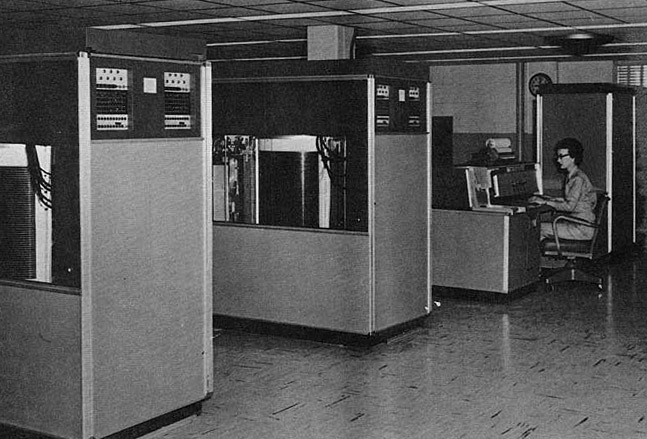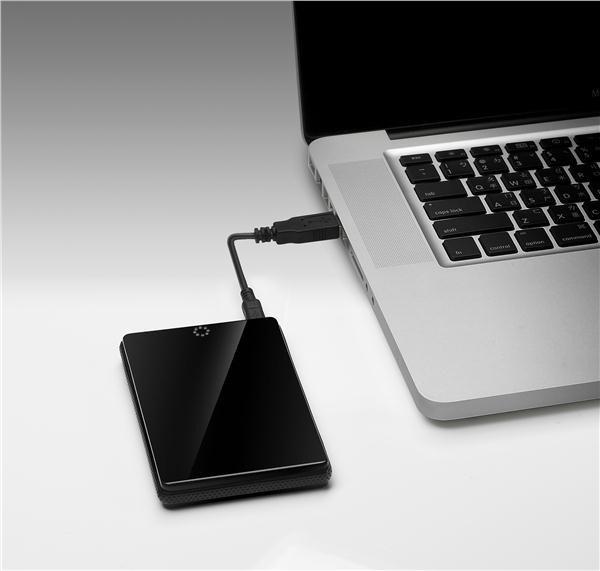History of Computers - External Hard Drive
Introduction
The External Hard Drive has become a crucial piece in the computers of today. First created in 1956, the External Hard Drive is now used in almost every modern household and business. Its impact is enormous, as memory expansion is easier and cheaper than ever before.
Overview
The first External Hard Drive was the IBM 350. The IBM 350 was created and designed IBM engineer Reynold B. Johnson. Released on September 13, 1956, the IBM 350 stored data using tape storage, and was stored in a tray layout. The IBM 350 took up an entire room, but its influence was worldwide. The IBM 350 had 50 magnetic disks with 50, 000 sectors each, which in turn held 100 alphanumeric data points. The disks rotated at 1,200 rpm, and data was logged at a rate of 100 bits per inch. Data could be accessed at an average speed of 600 milliseconds, which at the time was incredibly fast.[1] As External Hard Drives evolved, they became faster and more compact. But, these devices were constrained by their compatibility, as with Apple's attempt at an external hard drive in 1983. In the 80s and the 90s, External Hard Drives were hard to work with, plagued by incompatibility and a very hard user interface. But, with the arrival of USB in 1994, External Hard Drives became exponentially smaller and easier to use. By the turn of the century, External Hard Drives were portable and the size of a palm. In 1956, the IBM 350 was thousands of dollars and the size of a room, but now, one can buy a 5 TB External Hard Drive on Amazon for just one hundred dollars.[2] Modern EHDs can upload at a rate of 120 mb/second, and instead of using multiple disks, only operate with one magnetic platter. [3]


Significance
From the IBM 350 to the modern External Hard Drive, the creation of memory solutions outside of the internal components of a computer allowed users to expand memory without having to take apart their computer. The creation of the EHD by Johnson not only allowed users to store memory outside the host computer, but also vastly increased the amount of memory that could be used at one time, facilitating faster computers and memory access. Now, with EHDs being so small, but powerful, memory from multiple computers can be stored on one device.